This article is taken from PN Review 4, Volume 4 Number 4, July - September 1978.
Proletart
Originally published in the magazine Occidente in 1945, this essay was reprinted as chapter 9 of Orozco's Autobiografia.
[Jose Clemente Orozco (1883-1949) was, with Diego Rivera and David Alfaro Siqueiros, one of the great artist-radicals and exponents of mural painting in Mexico after the 1910-21 Revolution. He writes here retrospectively about his and his colleagues' attempts to put their art to specifically political use and to change the actual modes of production involved in their art to make the creative act conform to their political ideals. In looking back, he sees their ambitions to have been premature as well as naively and narrowly prescriptive, failing to take into account the diversity of talent among the graphic artists, the material pressures upon them, and the degree to which their individualism was intractable. Orozco, unlike Siqueiros, was never a doctrinaire Communist. He was and remained a radical committed to the Mexican revolution.]
translated by Michael Schmidt
ONE OF the more curious expressions of the painters' critical propensities was the constitution of their Painters' and Sculptors' Union [1921], whose principles were condensed into a Manifesto of great moment: from it derived an influence that has been felt for over two decades and vainly struggled against by the younger painters.
The Union itself was of no importance, since it was not a gathering of workers to protect themselves against a boss; but the title 'Union' served as a banner for the developing ideas, based on current ...
The page you have requested is restricted to subscribers only. Please enter your username and password and click on 'Continue':
If you have forgotten your username and password, please enter the email address you used when you joined. Your login details will then be emailed to the address specified.
If you are not a subscriber and would like to enjoy the 291 issues containing over 11,700 poems, articles, reports, interviews and reviews,
why not subscribe to the website today?
